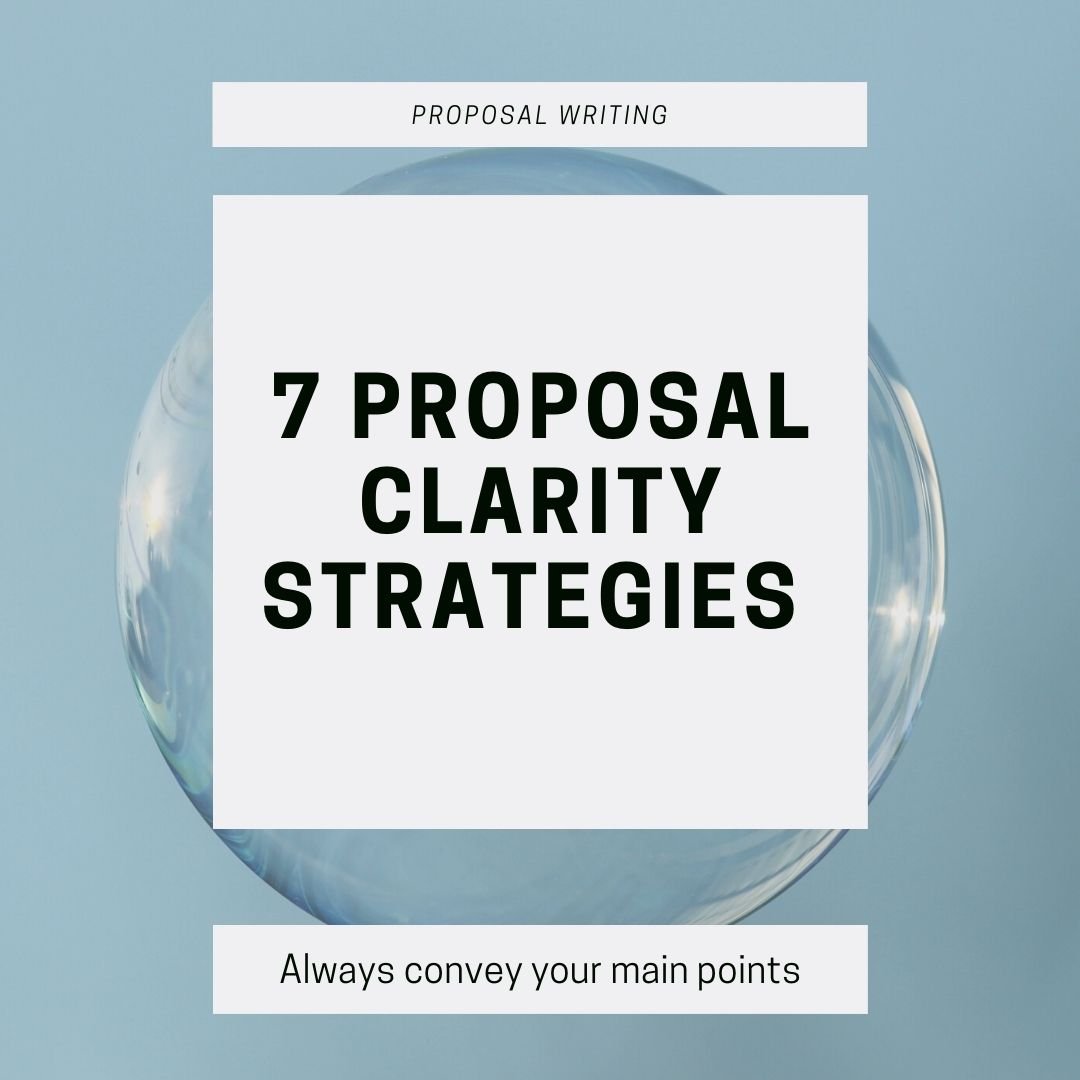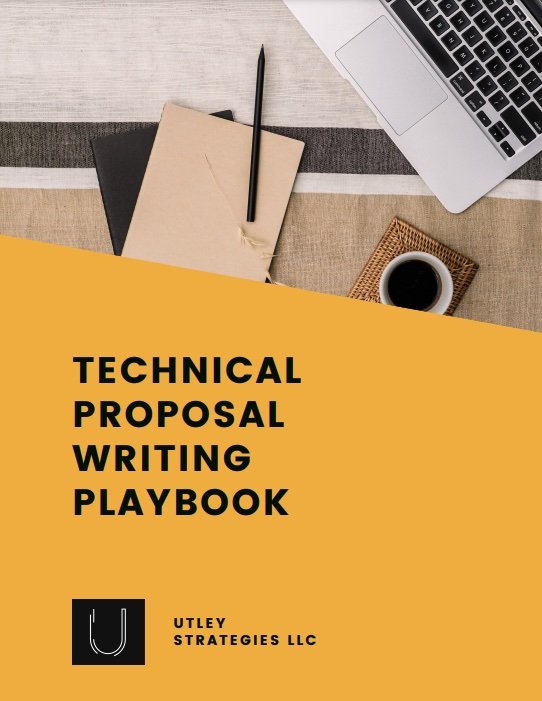7 Strategies to Make Your Proposal Brief and Clear
One of the most common business writing tips is to make your content brief and clear. This sounds great in theory, but if you’ve ever drafted a document only to find out that it’s way too long, then you might be wondering how to actually put this into practice. In this blog post, we’ll take a look at a few specific tactics you can use to improve the clarity of your proposal writing.
Draft main points first
The first step to clarity is to know the points you want to emphasize. Before you draft full paragraphs or pages, write out the main points that need to be conveyed across the proposal. Start with the high level sections and then jot down the main points within each section. Focus only on what needs to be shared and leave out anything that is a “nice to have”.
Write only about main points
After you have the main points, the next step is to start drafting the actual content. When you reach this step, only write about the main points. It’s very easy to digress into a different subject or include information that is tangential to the main points but doesn’t actually support it.
If you find it difficult to focus on the main point, then jot down supporting points for each main point. Target 3-5 supporting points for each, and then add language to piece those together into a paragraph or section that is devoted entirely to proving your main point. Don’t add anything that does not support the main or supporting points. This will keep your content focused on your message and be more engaging for the reader.
Eliminate jargon or unnecessary words
Jargon and wordy text is the enemy of clarity. When you draft your content, read through it to see if you use any words or phrases that people outside of your industry might not understand. If that’s the case, then there’s a chance your audience might not be familiar with those terms either. You will need to replace those terms with more everyday language to make it clearer.
Oftentimes, we will use many words to convey an idea when a shorter phrase would more easily reach the point. For example, we can update the last sentence here to say “We often use more words than needed.” The same meaning still applies, and it’s about half the length.
Use short words and sentences
You want your proposal content to be clear and easy to read, and one of the best ways to do that is to use short words and sentences. Longer, more complex sentences and words require more energy for us to process and interpret them, so the shorter you can make it, the better. If you find that you have a sentence that spans several lines, break it up into two sentences or cut out unnecessary words.
Incorporate bullet points often
Bullet points are one of the best ways to make your content clear and easy to digest. Any time you use a list, break those out into bullet points. Another great time to use bullet points in your proposal is to highlight key points you want the read to remember. For example, you might be writing about your team’s expertise. After the introductory sentence, list three bullet points that show why your team is full of experts (with a sentence or so to provide more detail).
Break up long paragraphs with subheadings
Similar to sentences, you want to keep your paragraphs shorter and easy to read. Most people will scan through a document and read the first word or sentence of a paragraph to determine if they should read the entire paragraph to learn more. By breaking your long paragraphs into shorter paragraphs, they will naturally read more of your document while scanning, and therefore retain more of your key points. A good rule of thumb is 3-6 sentences for a paragraph. Always start with a new paragraph if you switch subjects.
Subheadings are also a great way to break up long sections of text and help the person scanning know more about your key points. For example, if you have three paragraphs about your product, instead of having the three paragraphs alone, you might have three subheadings, one before each paragraph, that call out that paragraph’s key point. An example subheading might be “24/7 Support Means Help When You Need It”, which would go before a paragraph describing your help center.
Use tables, graphics, and other visuals
If there is another way to visually display your point, then it’s good to incorporate that method into your proposal. The majority of readers will be scanning your document instead of reading it word-for-word, and that means that they are more likely to examine visual elements, such as charts and graphics, first. When conveying a complex subject, always include some sort of graphic to make it easier to understand.
Next Steps for Clear and Persuasive Proposals
Incorporating all of these elements will make your proposal more enjoyable for the reader and also more effective. Once you’ve updated your text, it’s time to think about your proposal design to make sure it is also working to make it easy to scan your content.



